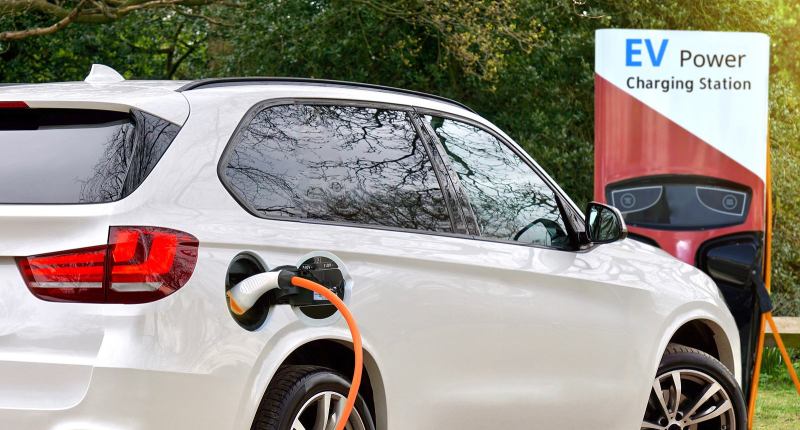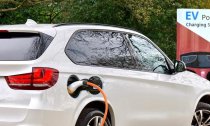How Do Electric Vehicles Work?

August 19, 2025
How Do Electric Vehicles Work?
Electric vehicles are taking the world by storm. If you are keen, you will realize vehicles blasting at the roads silently and others in their parking lots, leaving many people lacking an idea about how these vehicles operate to be soundless and efficient when passing along the streets. Luckily, we'll discuss how electric vehicles work alongside other helpful information you may need to know. Let's dive in!
How Do Electric Vehicles Work?
Typically, electric vehicles operate by using power stored in batterie to run an electric motor that later moves the vehicle's wheels. Like your cellphone, these batteries deplete after some time and require recharging. Thus, as an owner of this type of vehicle, you'll need an EV charging station installation to recharge your vehicle.
Also, these vehicle batteries don't produce toxic emissions that may require smog checks. They also lack an internal combustion engine to increase acceleration depending on torques. This provides a rapid pedal response and spirited plotting into the traffic compared to conventional vehicles. In addition, they have fewer moving parts that are easy to maintain. For instance, they don't require tune-ups and oil changes.
Where Do Electric Vehicles Get Their Power?
Here is where electric vehicles get their power:
Outlet Charging
You can charge your electric vehicle at your standard outlet in your home or immediate charging stations when you are away. Since they require much power, you may need EVSE installers to upgrade your old homes since they require efficient and safe charging. Also, this will ensure a fluent operation of other electrical appliances within your home. Such upgrades will increase the charging rate and minimize the half-hour outlet time.
Power Regeneration
Convectional vehicles are designed to use a braking system that minimizes kinetic energy. However, electric vehicles are designed to reuse the kinetic energy produced when they slow down. Similarly, others are designed to avoid energy wastage by turning off the car when they stop.
What Distance Can Electric Vehicles Cover When Fully Charged?
Charging your standard BEV on a 120-volt outlet for 8-12 hours can move your vehicle up to 100 miles. However, some models can drive up to 265 miles using a single charge. Later, they'll need to be recharged. Although your home is the central place for charging your electric vehicle, office buildings, restaurants, and gas stations are constantly embracing EV charging station installation. This continuously provides electric vehicle owners with a suitable place to charge their vehicles.
To achieve this, EVSE installers install larger power supplies for fast charging. For instance, 240 Volts plugs will recharge your vehicle faster within 20-40 minutes to allow it to travel for up to 6 hours. Thus, this is a valuable time saving that serves the needs of EV owners best without requiring them to invest in new vehicles that may be more efficient.
How Pocket and Carbon-Friendly Are Electric Vehicles?
Based on carbon-friendliness, it will depend on the power source of electricity used to recharge your vehicle. However, coal-fired power plants are more efficient in powering electric vehicles than diesel or gasoline-fueled counterparts. This incredible performance helps owners and drivers save an average of over $ 950 on gas per year, depending on the fuel prices and the electric vehicle model.
Are you considering an EV charging station installation? Upgrade your electrical power system by contacting Neighborhood Electric to serve all-electric vehicle model needs. We are composed of a team of EVSE installers who are always ready to serve all your needs best.








